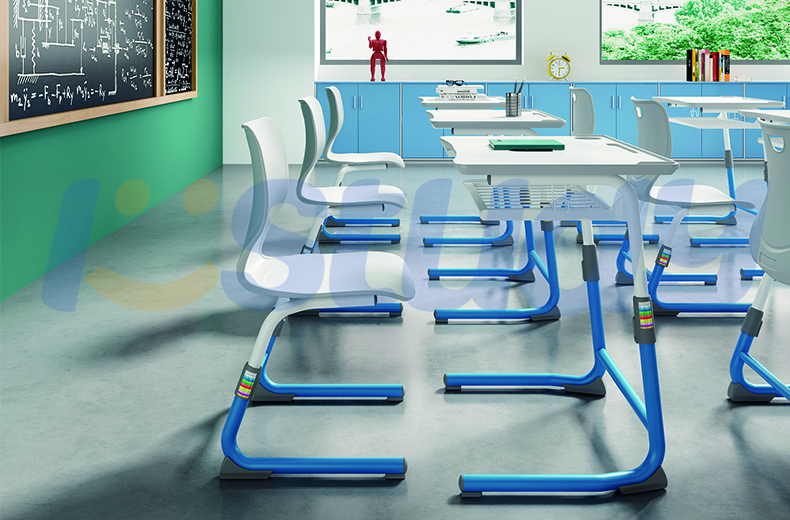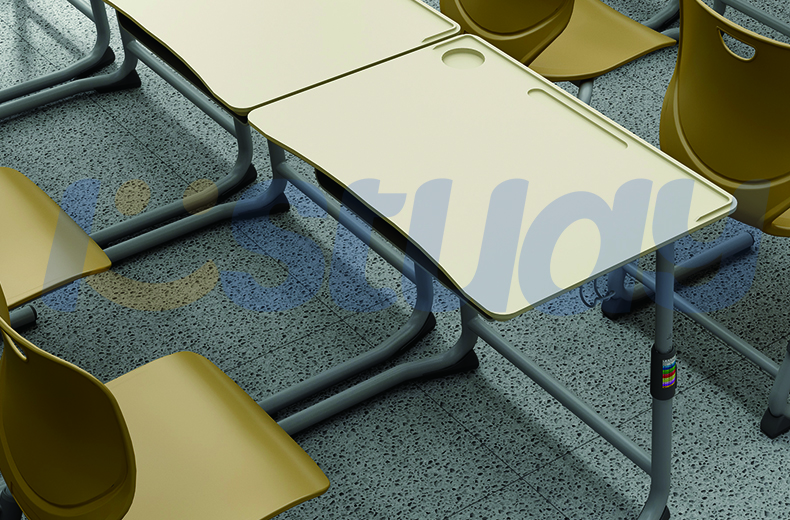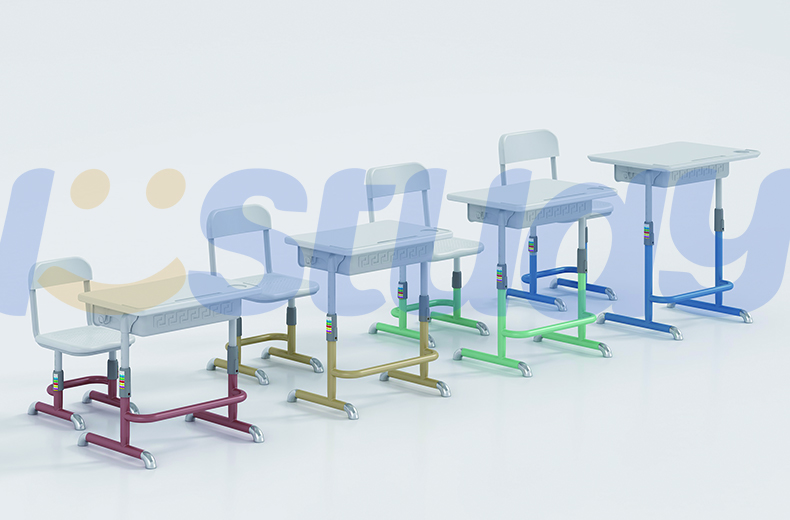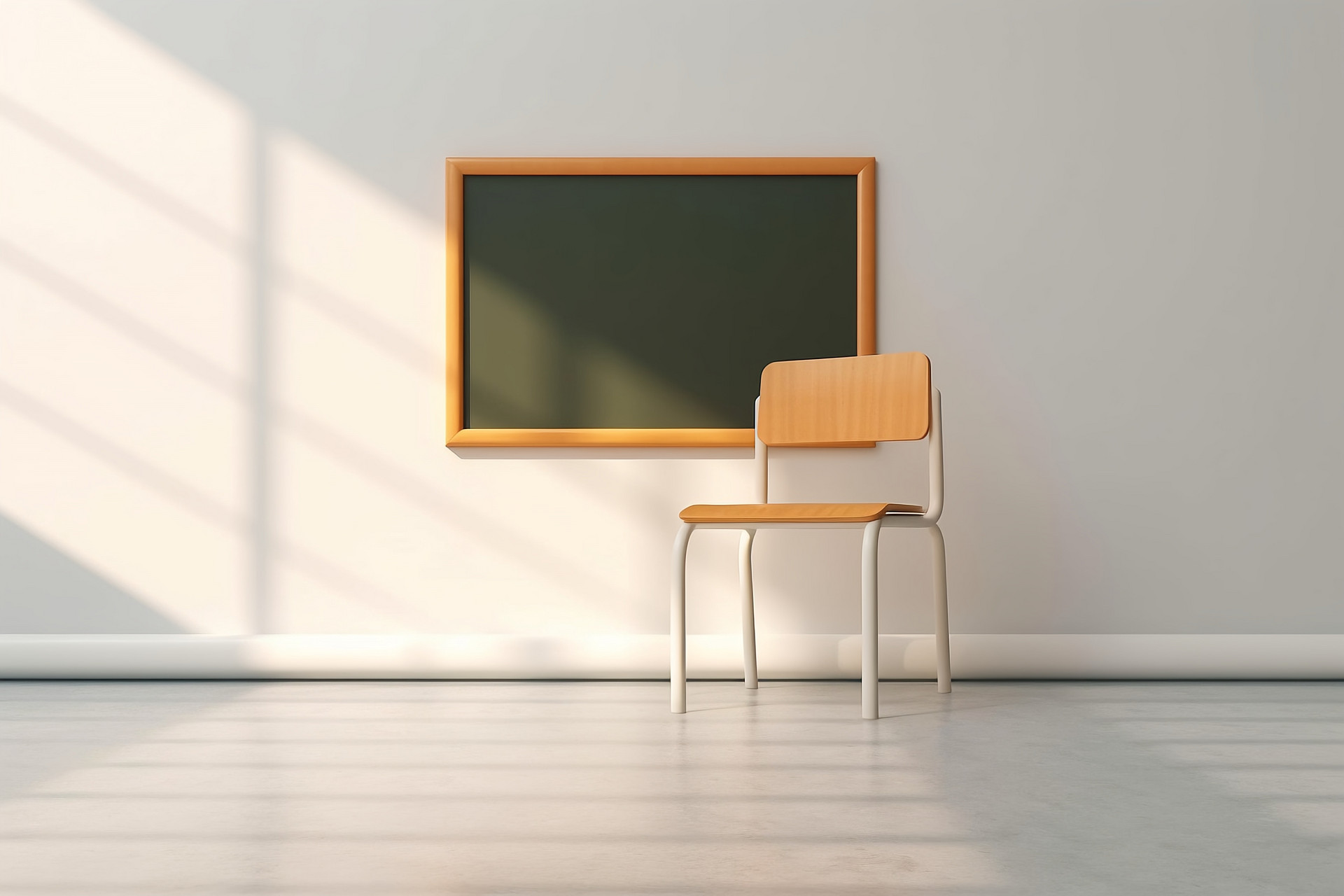Essential Factors to Consider When Purchasing School Furniture
Selecting the right furniture for educational institutions is crucial for creating conducive learning environments that promote student engagement, comfort, and well-being. School furniture not only affects the physical comfort of students and teachers but also impacts classroom dynamics, collaboration, and overall academic performance. In this article, we will explore the key factors that should be taken into account when purchasing furniture for schools.

1. Ergonomics and Comfort:
- Prioritize ergonomic design to ensure that furniture supports proper posture and comfort for students of all ages. Look for chairs and desks with adjustable features such as seat height, backrest angle, and desk height to accommodate different body sizes and learning preferences.
- Ergonomically designed furniture reduces the risk of musculoskeletal issues and enhances concentration and productivity, fostering a conducive learning environment.
2. Durability and Safety:
- Choose furniture constructed from high-quality materials that can withstand the rigors of daily use in a school setting. Opt for sturdy materials such as metal or hardwood for chairs, desks, and tables to ensure longevity and safety.
- Check for safety certifications and compliance with industry standards to guarantee that the furniture meets safety requirements, including stability, weight capacity, and non-toxic materials.

3. Flexibility and Versatility:
- Select furniture that offers flexibility in arrangement and use to accommodate various teaching methods and classroom configurations. Look for modular or stackable furniture that can be easily rearranged to facilitate group work, independent study, or presentations.
- Versatile furniture enables teachers to adapt the learning environment to different activities and teaching styles, promoting dynamic and interactive learning experiences for students.
4. Space Efficiency:
- Consider the layout and size of classrooms when choosing furniture to maximize space utilization and circulation. Opt for space-saving designs such as compact desks, nesting chairs, or foldable tables that can be stored when not in use to create flexible and multifunctional learning spaces.
- Efficient use of space enhances classroom organization, minimizes clutter, and provides ample room for movement and collaboration, promoting an engaging and orderly learning environment.
5. Aesthetic Appeal and School Identity:
- Take into account the aesthetics and design of furniture to create visually appealing and cohesive learning environments that reflect the school's identity and values. Choose colors, finishes, and styles that complement the overall decor and architecture of the school.
- Incorporate branding elements such as school colors, logos, or motifs into the furniture design to reinforce school spirit and create a sense of belonging among students and staff.

6. Budget and Long-Term Investment:
- Evaluate the cost-effectiveness and long-term value of furniture by considering factors such as durability, maintenance requirements, and warranty coverage. While budget constraints are important, prioritize quality and functionality to ensure that the furniture withstands years of use.
- Consider the total cost of ownership, including installation, maintenance, and replacement expenses, to make informed decisions that align with the school's budgetary priorities and educational goals.
Choosing school furniture involves careful consideration of factors such as ergonomics, durability, flexibility, space efficiency, aesthetics, and budget. By prioritizing these aspects, educational institutions can create learning environments that support student engagement, comfort, and well-being, fostering a positive and conducive atmosphere for teaching and learning. Investing in high-quality, adaptable furniture not only enhances the learning experience but also contributes to the overall success and reputation of the school.

